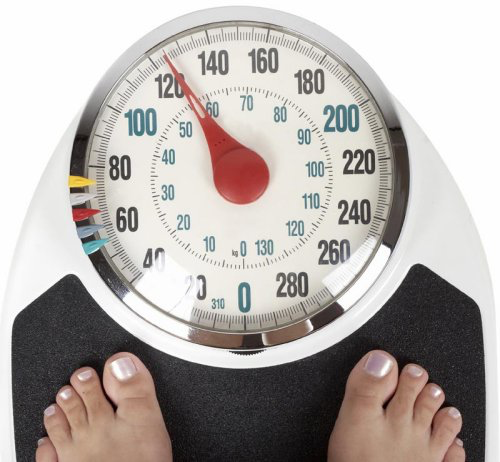
Imperial Units - Weight

In Introducing the Royal Measurements, we looked at some common imperial units for measuring mass. When we weigh something, we are actually measuring its mass. Mass is a measure of how heavy something is, such as a bag of oranges, a suitcase or even a person.
Here are a list of common imperial measurement units in order from smallest to largest: ounces (oz), pounds (lb), stones (st) and tons (t).
Converting units
Converting units is an application of ratios. We start by writing the conversion equation and look at how we multiply or divide to find the value of a certain quantity. Make sure your familiar with applications of ratios, then you can look through the following conversion charts, so we can start moving between imperial and metric units.
Metric units to imperial units
$1$1 gram = $0.035$0.035 ounces
$1$1 kilogram = $2.205$2.205 pounds
imperial units to metric units
$1$1 ounce = $28.35$28.35 grams
$1$1 pound = $454$454 grams
$1$1 stone = $6.35029$6.35029 kilograms
$1$1 ton = $907.19$907.19 kilograms
You may have noticed that there are a lot of decimals when converting metric to imperial, or vice versa. To make these conversions easier, just round them to $1$1 decimal place e.g. $1$1kg$\approx$≈$2.2$2.2lbs.
Worked Examples
Question 1
Using the conversions in the given table, convert each of these weights from kilograms (kg) to pounds (lbs):
| Conversion Table | ||
| $1$1 ounce | $=$= | $28$28 grams |
| $1$1 kg | $=$= | $2.2$2.2 lbs |
| $1$1 stone | $=$= | $6.4$6.4 kg |
$10$10 kg
$50$50 kg
$18$18 kg
$75$75 kg
Question 2
Using the conversion $1$1 kg$=$=$2.2$2.2 lbs, how many kilograms is a $3000$3000 lb car?
Give your answer correct to two decimal places.